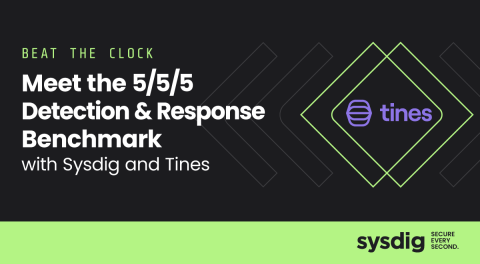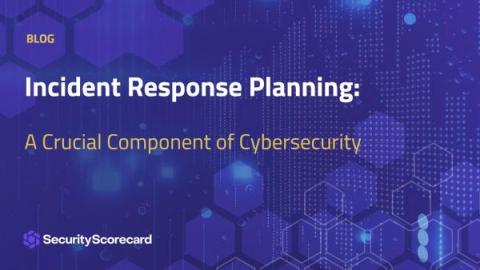Security | Threat Detection | Cyberattacks | DevSecOps | Compliance
Incident Response
Leveraging Threat Intelligence for Regulatory Compliance
Security incident response (Code Red) with Grant Bourzikas
Federal Water and Wastewater Security Incident Response Guide Falls Short
What is a Product Security Incident Response Team (PSIRT) - Importance and Best Practices
Why You Need Incident Response as Part of Your Cybersecurity Strategy
Guide to Creating a Robust Website Security Incident Response Plan
Earlier this year, the SEC proposed a new set of rules on cybersecurity governance, which would require public companies to make appropriate disclosures of cyber risks and management procedures. Although the amendments target the financial sector, it is one more evidence of the fact that cybersecurity is no longer a backburner component of business operations. It is a critical factor that can determine the destiny of all kinds of organizations, large or small.
Optimizing Incident Response with Advanced Threat Intelligence
In today’s cyber landscape, rapid and effective incident response is crucial for organizations to mitigate the impact of cyber attacks. Advanced Threat Intelligence (ATI) is emerging as a key player in enhancing incident response strategies. This blog post aims to elucidate how modern threat intelligence tools refine and improve these strategies, equipping organizations with the necessary insights and agility to respond to cyber threats efficiently.
6 Guidelines for Establishing a Robust Cyber Security Incident Response System
A few CCTV cameras and a lock on the door. These used to be the only security measures an organization had to take to keep their business safe. Alas, those days are long gone. Now, having a Cyber Security Incident Response System (CSIRS) in place is critical. The internet is playing a bigger and bigger role in business. This means organizations become more and more vulnerable to cyber threats.
Incident Response Planning: A Crucial Component of Cybersecurity
In today’s rapidly evolving digital landscape, incident response planning has emerged as a pivotal aspect of cybersecurity. With the increasing frequency and severity of cybersecurity breaches, organizations are recognizing the importance of being well-prepared and responsive in the face of such threats. Let’s look at the critical role of incident response planning and how it can safeguard your business from rising cyber insurance premiums, reduced coverage, and other potential risks.











